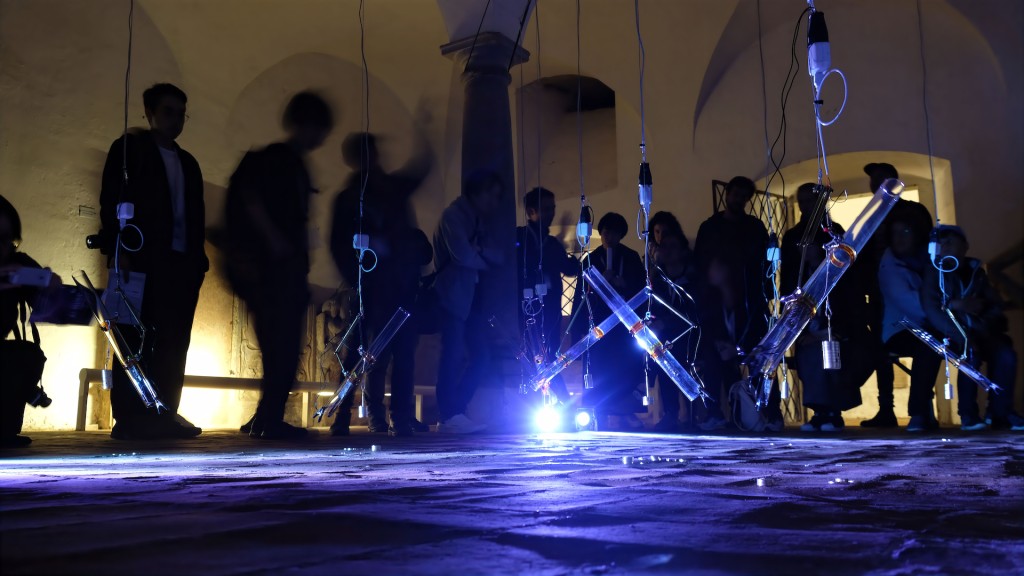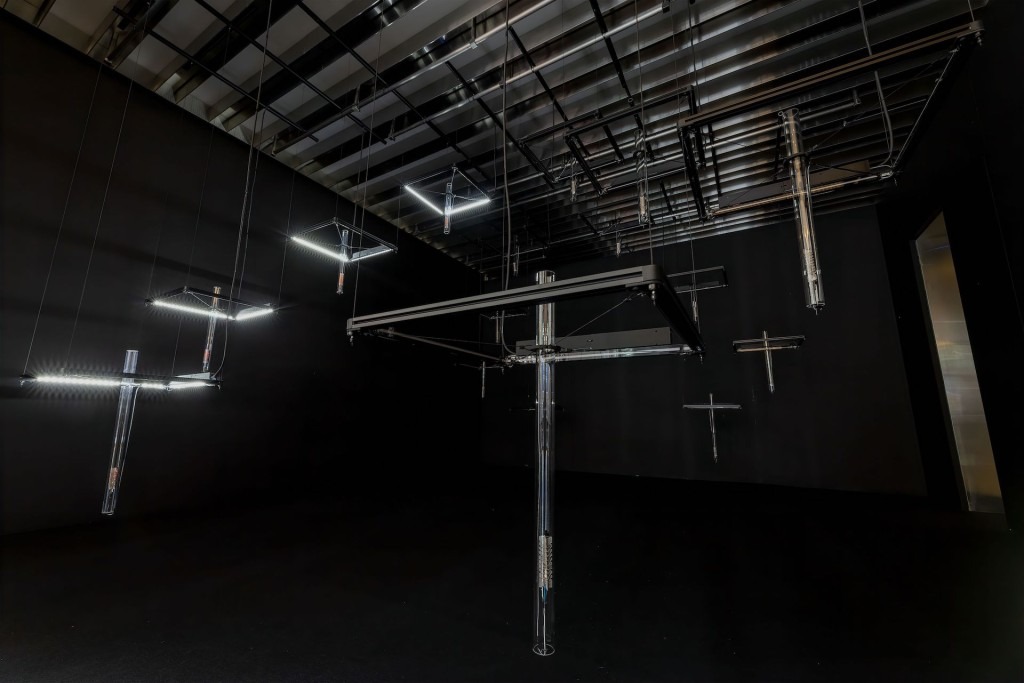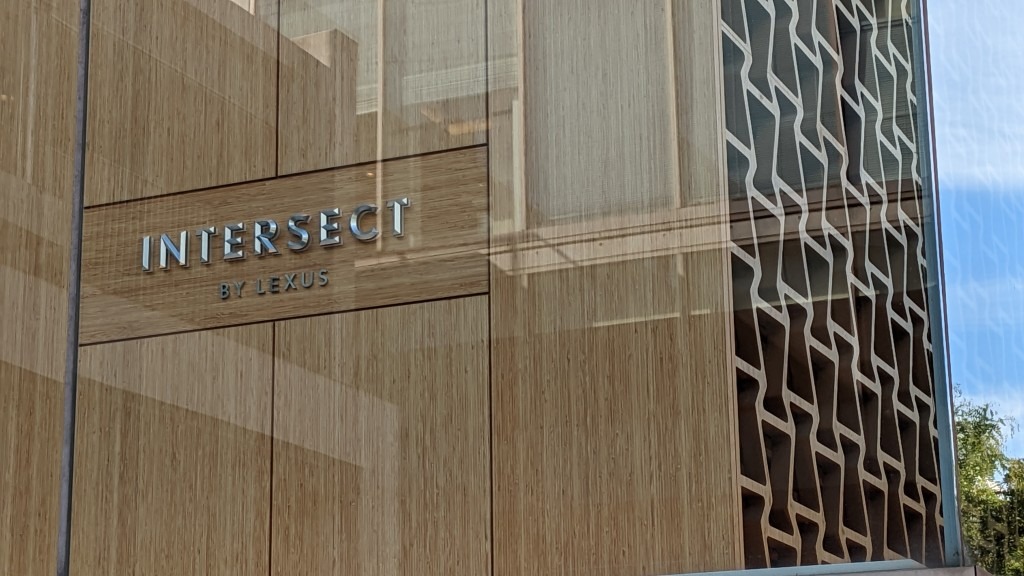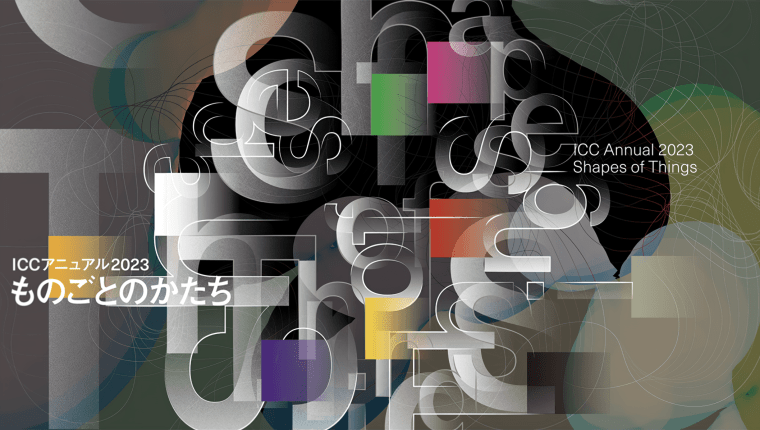Today marks the opening of the annual ICC exhibition, Shape of Things, where my artwork Soundform No.4 will be on view (on listen) until January 2024.
I invite you to discover something truly unique in this post – the Soundform series. As a member of the artist group, Natura Machina, I have been experimenting with these intriguing sound sculptures for several years. Soundforms are minimalistic, yet stunning, soundscapes and kinetic art installations that convert heat energy into sound, forming a beautifully evolving composition, merging with the natural forces around them. By responding to the environment – the wind, temperature, sound and movement – these installations form an ecological crossroads between natural and built environments. Put simply, Soundforms offer a poetic conversation with spaces.

Natura Machina (latin for Nature of the Machine) is the artist collective behind the Soundform series, based in Tokyo, Japan. Our group was formed amongst several of my friends – artists and researchers – each interested in questions surrounding experimental use of media to form tangible experiences, set between natural systems and built-environments. The overarching sentiment of our group is that humans should aim to rediscover nature, but in more integrated and nuanced ways, in order to form deeper emotional ties to the world they are a part of. Our approach is to explore new materials and methods and set up installations as expressive moments in which one can reflect, and ponder with us.

Sound is a unique tangible medium that is less explored over visual mediums. Sound art differs from music in its intention. According to Dr. Brandon LaBelle, an American sound theorist, said sound art as a practice “harnesses, describes, analyzes, performs, and interrogates the condition of sound and the process by which it operates.”
The Soundform series is a unique form of sound art. It focuses on the tangible sonic experience, rather than the visual aesthetic. These works draw from a scientific discovery made by physicist P.L. Rijke in the 17th century. Rijke observed that heating a column of air can produce a self-amplifying standing wave. We use this insight to create immersive and interactive soundscapes using only non-computational materials – a truly innovative approach in the digital age. The resulting sonic forms of expression are both intriguing and surprising. When combined with natural landscapes it becomes an ecological and immersive experience for the audience.
Over the years we’ve reconfigured the artworks to adapt to different locations. Each instance provides us with interesting insights and feedback that inform further iterations.
Soundform No.1 was presented first in Linz, Austria in the St. Florence cathedral as part of the Ars Electronica festival. It was later presented at the Miraikan National Museum of Emerging Science and Innovation, winning an excellence award from the annual Japan Media Arts Festival.
Soundform No.2 was adapted to be shown outdoors on the small island of Sarushima, the only natural island in Tokyo Bay. This exhibition showcased sound artworks, at night. Visitors were required to travel to the island via ferry. From there they could wander the island and encounter each work in a serene natural setting. This was my favorite instance of the artwork, as it blended seamlessly with the natural surroundings and provided audiences an experience that called attention to the subtle changes of air and temperature along the beach while providing a poetic soundscape that blended harmoniously with the lapping shoreline.
Soundform No.3 was reimagined and exhibited Lexus INTERSECT – TOKYO. Here we took the soundforms into a new context that abstracted the nature of electrified city grids and delivered a spatial composition in a gallery setting. Again, these components called attention to the subtle changes of air and human movement, uncovering the intricate relationship between humans, nature and our built environments.


Soundform No.4 is now on view at the annual exhibition at Tokyo’s famous NTT Intercommunication Center. ICC アニュアル 2023 ものごとのかたち.

For more information about the work currently on view please visit:
https://www.ntticc.or.jp/en/



